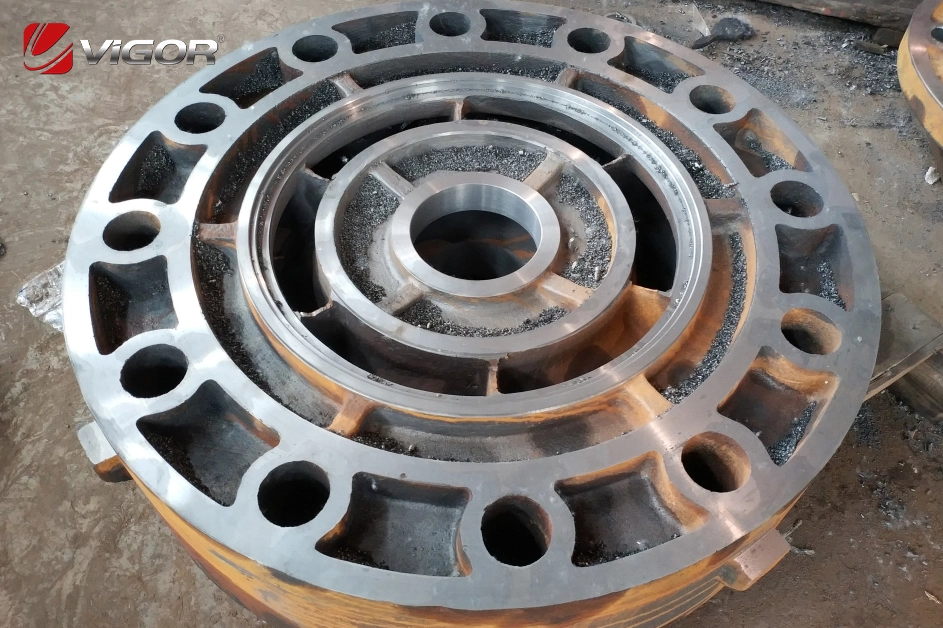
Knowledge
Resin Sand Process Performance (I)

Factors Affecting the Working Life and Molding Time of Resin Sand
Resin: The type, properties, and moisture content of the resin can have an impact. For instance, furan resin with a relatively high moisture content will inhibit the condensation reaction, slow down the hardening speed, and extend the working life and molding time. If the pH value of the resin is too high, it will consume more curing agent, also causing the hardening process to slow down.
Nitrogen-free and low-nitrogen resins commonly use p-toluenesulfonic acid, while high-nitrogen resins typically use phosphoric acid. For medium-nitrogen resins, the highest strength is achieved when using phosphoric acid or benzenesulfonic acid as catalysts. Especially when phosphoric acid is used as the catalyst, the strength of the sand mold or core continues to increase even after being stored for a long time. This is extremely beneficial for the storage of sand molds or cores, so phosphoric acid is adopted as the catalyst for medium-nitrogen resins.
Curing Agent: The higher the total acidity and free acid content of the curing agent, the faster the hardening speed, and the shorter the working time and demolding time. The more curing agent is added, the faster the hardening.
Adding the curing agent first results in a longer working time than adding the resin first. Although they are well miscible, it is difficult to evenly disperse and coat a small amount of acid on the surface of each sand particle covered with a resin film within a short mixing time, thus causing a large fluctuation in strength after curing.
The curing agent mainly covers the outer surface of the resin film and gradually diffuses inward, which creates conditions for the rapid cross-linking and thickening of the surface resin molecules, resulting in a shortened working time. In contrast, when the curing agent is added first, there is sufficient time during the initial mixing process to evenly disperse and coat the acid on the surface of the sand particles. Then, when mixed with a larger amount of resin, the resin basically covers the curing agent, which is conducive to the gradual and uniform diffusion of the curing agent into the resin. This method of adding the curing agent first ensures stable performance and uniform strength during the curing process, while also allowing the acid to neutralize the alkaline substances on the surface of the sand particles.
Reclaimed sand: The burning loss of reclaimed sand depends on the amount of residual resin and curing agent. An increase in burning loss will accelerate the hardening speed and shorten the working time. During the curing process of resin, the curing agent only plays a catalytic role and remains in the resin film after hardening. The residual curing agent in reclaimed sand still functions when new resin is added. Therefore, as the number of times the old sand is used increases, the burning loss will increase, resulting in a faster hardening speed. An increase in burning loss will also increase the gas generation, causing gas hole defects in the castings.
Environmental temperature: A high environmental temperature accelerates the curing reaction, shortening the time and possibly advancing the mold removal time. When the environmental temperature is low, the curing reaction is slow, and the mold removal time is prolonged. At low environmental temperatures, a high amount of curing agent is required. As the environmental temperature rises, the amount of curing agent needed decreases.
Sand temperature: Sand temperature has a significant impact on the curing reaction. The appropriate sand temperature is generally 20-30℃. When the sand temperature is above 30℃, the curing speed is too fast, which may lead to a shorter working time; when the sand temperature is below 10℃, the amount of curing agent added is too high, and the mold removal time may be prolonged. At 20-30℃, the amount of curing agent added can be reduced to the minimum, the fluidity of resin sand is the best, and its strength will be significantly improved. When the sand temperature is above 30℃, the amount of curing agent added is only 20% or less of the resin addition amount, that is, less than 0.2% of the original sand, which is too small. It is very easy to cause uneven mixing with the sand, resulting in inconsistent curing speeds of the molding sand, causing local stress concentration in the sand mold or core, and cracks when heated, which is likely to cause sand inclusion defects in the casting.
Air humidity: High humidity will affect the evaporation rate of moisture, slow down the hardening speed, and extend the working time and demolding time.
Mixing sand process: The sequence of adding materials has a significant impact. Adding the curing agent first results in a longer working time than adding the resin first. If the mixing time is too long, the sand temperature will rise, and the working time will be shortened.
Vigor team have rich experience on different castings. If any question or any demands we can help, please feel free to contact us at info@castings-forging.com



